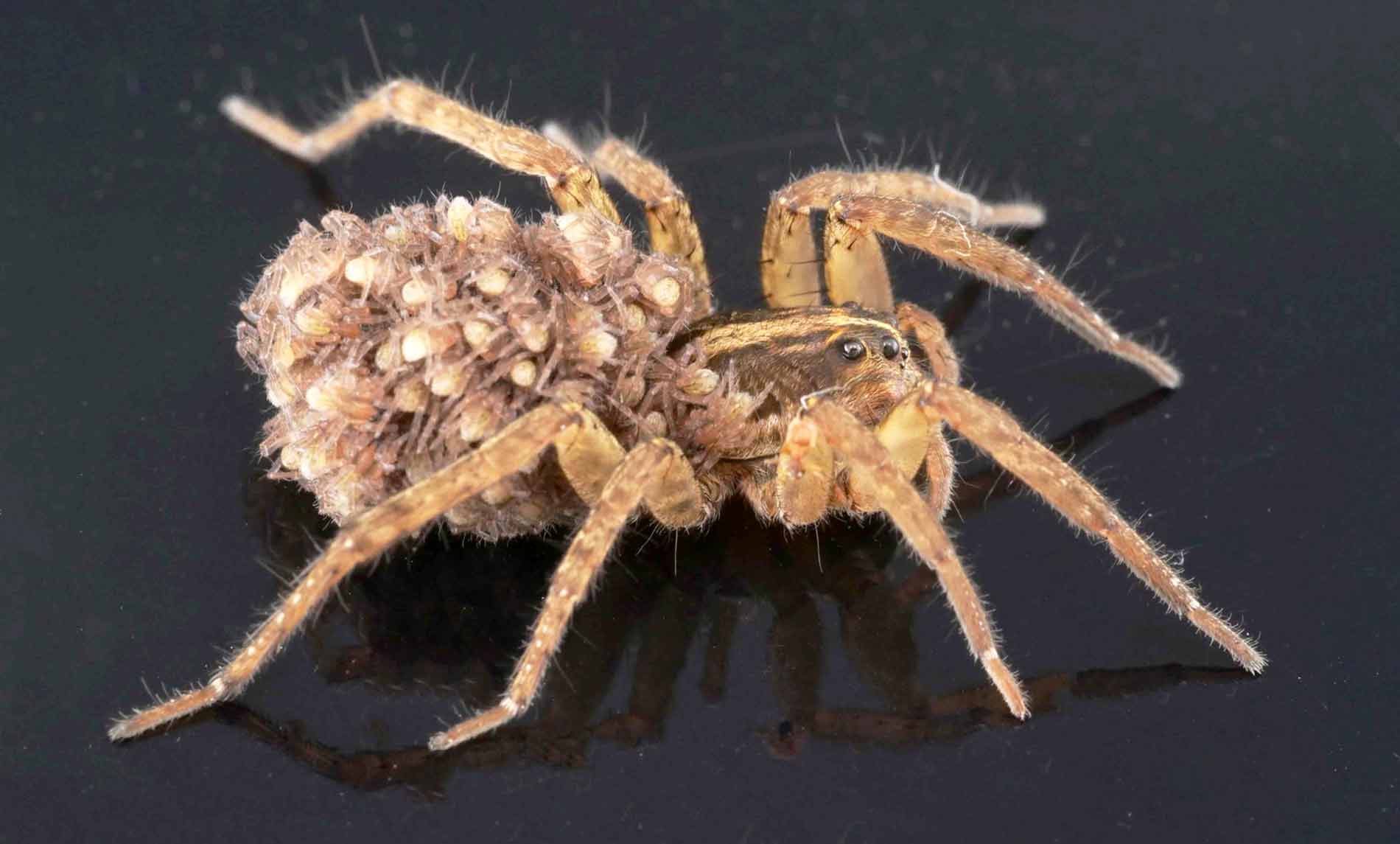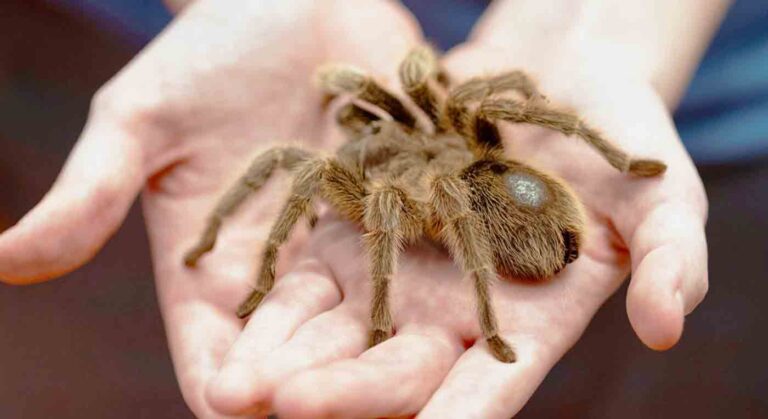FLORIDA — With over 250 spider species in Florida and more than 40,000 worldwide, spiders are a familiar presence in various environments, from grassy fields to brick wall crevices.
To ease common fears and celebrate the role of spiders, UF/IFAS expert Johnalyn Gordon, a postdoctoral associate in urban entomology at the UF/IFAS Fort Lauderdale Research and Education Center, shares insights on these misunderstood creatures.
Ms Gordon, who also instructs at Pest Management University, a cooperative program with UF/IFAS, the Florida Department of Agriculture, and the pest management industry, notes that spiders often evoke fear due to myths and misconceptions. She responds to the top five questions she often receives, aiming to clarify facts and reduce anxiety about these eight-legged creatures.
Q1: Why do spiders often get a bad reputation?
The fact that spiders tend to be nocturnal, have a few too many legs for comfort, and have fangs and venom can be unsettling. There is a lot of concern around spiders and their bites, and there’s quite a bit of myths out there that really drum up people’s fears.
Q2: Are spiders dangerous to humans?
While almost all spiders can produce venom, they primarily use their venom to immobilize prey as part of the feeding process. Venom requires a lot of work for spiders to produce, and they are very reluctant to use it on us since we are far too big to be a meal. Even the most venomous species in Florida, like the black widow, would much rather avoid us, but may bite humans as a last resort of defense, such as if they are accidentally trapped against the skin.
Q3: What benefits do spiders provide?
The reality is that most spiders play an important role in the food chain playing out in nature and in and around our homes. By feeding on insects like flies, cockroaches, and mosquitoes, they even provide natural pest control around our homes and gardens.
Q4: Are there any interesting facts about spiders and their adaptations?
Several spider species can produce chemicals to attract specific prey insects. There is a very interesting behavior that Andrew Warren at the University of Florida Museum of Natural History McGuire Center for Lepidoptera and Biodiversity recently published a study about, where yellow garden spiders, scientifically known as the Argiope aurantia, will produce the smell of female moths to lure male moths in for an easy meal.
Q5: Is there a myth you’d like to bust?
A myth I remember hearing a lot growing up is that ‘daddy long legs’ spiders have incredibly potent venom, but their fangs are too small to bite through human skin. There are two groups of spiders that I mostly see referred to by this common name – cellar spiders, which belong to the Pholcidae family, and the harvestmen of the order Opiliones. While both are arachnids, harvestmen aren’t true spiders at all, and they lack fangs, venom, and even silk glands. Pholcids are true spiders, but there isn’t anything particularly potent about their venom, according to a study released in 2019. Until then, venom composition and potency had never formally been studied.








